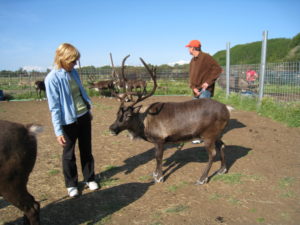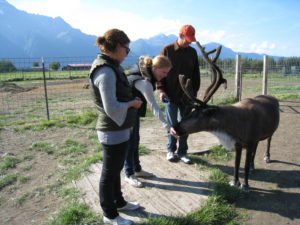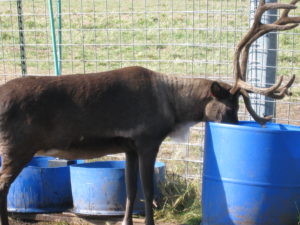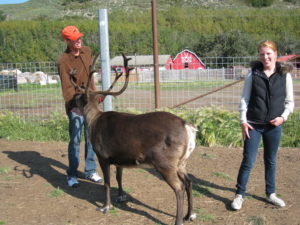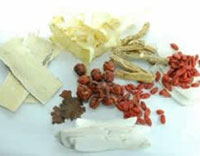 This blog, about the human placenta may sound “out there”, but more and more women are now calling “a placenta cooking lady” to prepare their placenta into pills to take after child birth. The placenta is attached to the fetus via the umbilical cord. Once the baby is born the placenta and cord are considered medical waste (so we are told) at the hospital. We’ve known for some time the umbilical cord is a source of stem cell research and many wealthy parents now have the cord frozen and stored just in case it is needed in the future.
This blog, about the human placenta may sound “out there”, but more and more women are now calling “a placenta cooking lady” to prepare their placenta into pills to take after child birth. The placenta is attached to the fetus via the umbilical cord. Once the baby is born the placenta and cord are considered medical waste (so we are told) at the hospital. We’ve known for some time the umbilical cord is a source of stem cell research and many wealthy parents now have the cord frozen and stored just in case it is needed in the future.
Recently, this trend is gaining popularity in the West. However, its been widely known and accepted that the human placenta has tremendous value in the East. Chinese Medicine has used human placenta as part of their materica medica for generations. Ingesting your placenta can help a new mother recuperate from childbirth and rebuild lost blood and nutrients.
You can have your placenta cooked, dried and placed into pills to supplement your child birth recovery. Those that have used placenta pills after birth swear they have a shorter recovery from postpartum hemorrhaging, more energy from replenished nutrients, increased milk production and no post-partum depression. In fact, a good friend of mine recently gave birth and she has just finished taking her placenta pills. This was the first time she had placenta prepared into pills and she reported feeling great and said it was a little like a caffeine type energy boost without the caffeine. She had an extremely easy recovery overall and this was her sixth child.
According to Traditional Chinese Medicine, placenta is considered a powerful and sacred yang tonic. Traditionally, the placenta is cooked with herbs and wine. Wine in Chinese medicine has a dispersing action and therefore helps to distribute the placentas nutrients throughout the women’s body. The placenta is full of natural oxytocins which are responsible for contracting the uterus, it also contains hormones which are believed to be the reason it helps with postpartum depression. Historically Chinese Medicine has used human placenta for those who have low energy. Interestingly, it is the only meat that comes from life, not death, and we are the only mammals that do eat their placentas. Maybe the animal kingdom has something to teach us.



